Winter in Japan is a season that beckons for specific foods, with the cold weather enhancing the appeal of warm, comforting dishes that are rich in flavor and tradition. Japanese food in winter is deeply rooted in the use of seasonal ingredients, such as fresh seafood from icy waters and hearty vegetables that thrive in colder climates. In this article, we’ll journey through Japan’s winter food culture, highlighting beloved comfort foods and the unique ingredients that make this season’s cuisine so special.
Hearty Soups and Stews in Winter
Nabe
Nabe is a traditional Japanese hot pot dish where broth, vegetables, and meat or seafood cooked together in an earthenware vessel. This classic comfort food has deep roots in Japanese cuisine, dating back to the earliest use of earthenware cookware. Additionally, there are many regional variations of nabe, each made with local ingredients that reflect the unique flavors of different areas across Japan.
Okayu / Zosui
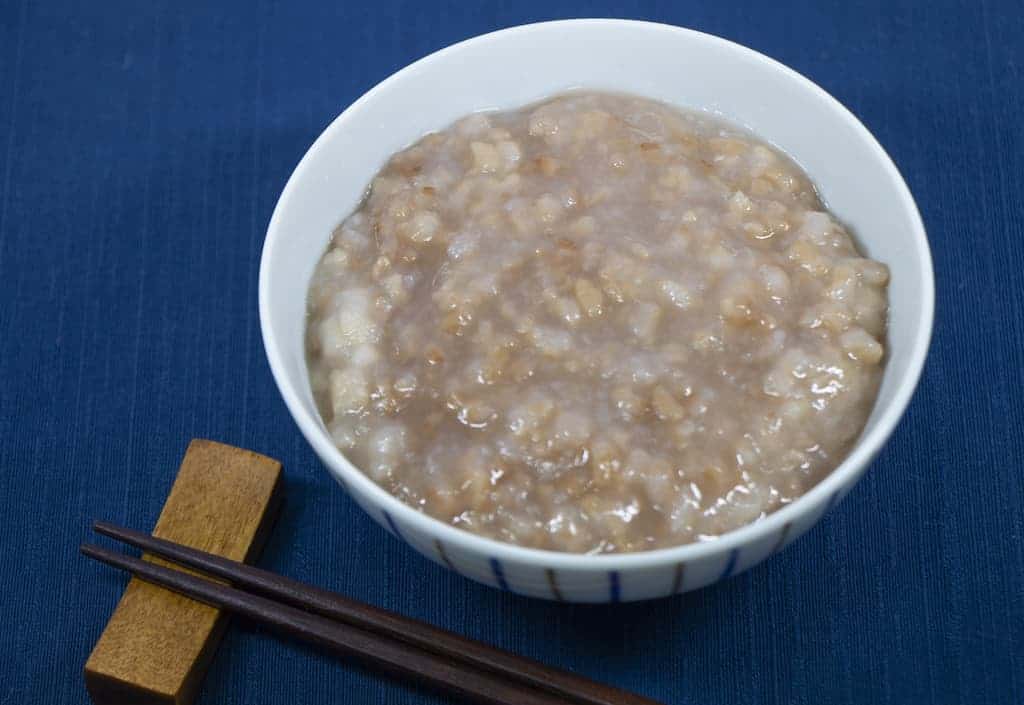
Okayu and zosui are hearty Japanese porridges made with rice and water or broth. Locals prepared Okayu by increasing the water ratio when cooking rice until it reaches a thick, soup-like consistency. You can garnish it with condiments like chopped scallions, soy sauce, or pickled umeboshi plum. Zosui is similar but made after eating a hot pot (nabe) by adding cooked rice and beaten egg to the remaining broth, creating a porridge infused with the rich flavors of the original dish.
Nikujaga
Picture a steaming bowl of Nikujaga, where tender meat and soft potatoes mingle in a savory broth. This beloved comfort food tells a tale of regional flavors across Japan. In the west, Kansai’s kitchens sizzle with beef, while eastern Kanto cooks swear by succulent pork. Each bite of this humble dish whispers stories of local traditions and culinary pride.
Sukiyaki
Sukiyaki is a beloved Japanese hot pot dish that features tender beef, vegetables, and a sweet soy sauce broth cooked in a cast iron pot. The beef is first stir-fried in suet (beef fat) before adding other ingredients like Japanese leek, grilled tofu, shiitake mushrooms, and shirataki noodles.
Warming Beverages in Winter
Japanese Green Tea
Japanese green tea is not only celebrated for its delightful taste and vibrant color but also for its numerous health benefits, especially during the colder months. If you’re feeling the first signs of a cold, the catechin in green tea, which gives it its distinctive sharp flavor, has powerful antibacterial and antiviral properties that can help. And so, if the chilly weather is causing you stress, the soothing sweetness and umami flavor from the amino acid L-Theanine in green tea can help ease tension and promote relaxation.
Hojicha
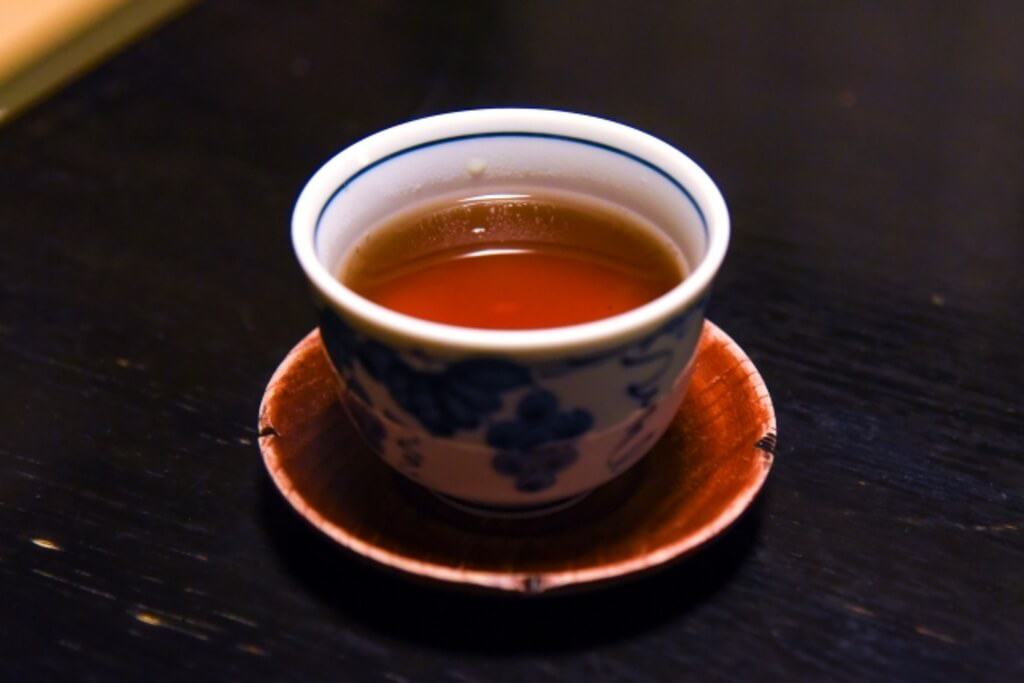
“Hojicha” is a type of roasted Japanese green tea. It has a unique, toasty flavor that sets it apart from other types of green tea. Hojicha’s rich, roasted scent is incredibly comforting, almost like sitting in front of a cozy fire.
Hojicha has a mild, toasty flavor with notes of caramel and nuts, and sometimes a subtle smokiness, too. Hojicha is different from other green teas because it doesn’t have that grassy or vegetal taste. The roasting process gives hojicha a warm, welcoming aroma that’s similar to roasted nuts or coffee.
Matcha Tea
These young leaves with strong umami flavors that locals aged for approximately 5 months and then made into matcha powder. So November is the start of the season to enjoy matcha tea made with tea leaves of the first harvest. Winter is the time to enjoy delicious matcha tea.
The types of matcha can be classified into three categories: ceremonial grade, premium grade, and culinary grade.
Ceremonial grade matcha is the highest quality and is used in tea ceremonies. It is characterized by a vibrant green color, a fine texture, and a delicate, slightly sweet flavor.
Premium grade matcha is suitable for daily consumption and is also high quality, though it is slightly less refined than the ceremonial grade.
Indulgent Winter Desserts
Ichigo Daifuku
February marks the start of strawberry season, making it the perfect time to enjoy Ichigo daifuku, a delightful variation of traditional Japanese daifuku. Typically, daifuku consists of sweet anko bean paste wrapped in mochi (sticky rice cake). Ichigo daifuku takes this classic treat up a notch by adding fresh strawberries (Ichigo in Japanese) inside, creating a delicious combination of flavors and textures.
Zenzai/Oshiruko
Zenzai and Oshiruko are comforting sweet bean soups made from red adzuki beans, commonly enjoyed in Japan during the winter to stay warm. Oshiruko is a smooth soup made from koshi-an, served warm with toasted mochi squares. Zenzai, on the other hand, uses tsubu-an, which includes whole or partially crushed beans, giving it a chunkier texture. Locals usually serve Zenzai warm or cold, often topped with chestnuts and mochi balls (shiratama dango).
Yaki-imo
Yaki-imo, meaning roasted sweet potato, is a simple yet beloved winter treat in Japan. You can roast sweet potatoes at home or buy them already roasted from stores and food trucks. For a more indulgent twist, you can turn yaki-imo into a decadent dessert by following a slightly more elaborate recipe.
Where to Find Yakiimo
- Street Vendors: In Japan, Yakiimo is often sold by street vendors from small trucks equipped with stone ovens. The vendors announce their presence with a distinctive call, making it easy to find them.
- Supermarkets and Convenience Stores: During the winter months, you can also find pre-baked Yakiimo in supermarkets and convenience stores.
- Homemade: Many people make Yakiimo at home using their ovens or specialized cooking equipment.
Conclusion
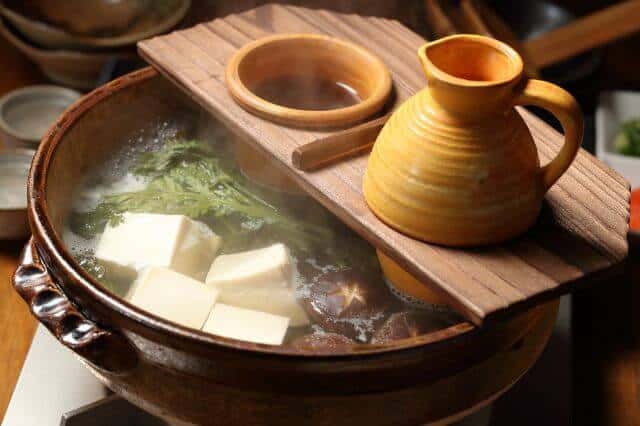
Winter in Japan brings a variety of comforting foods. These dishes are both nourishing and warming. Hearty nabe and sweet ichigo daifuku are popular choices. They satisfy hunger and represent winter’s essence. Each dish offers its own unique benefits. By enjoying these foods, you can embrace the season fully. They provide cozy and flavorful experiences. These meals make winter in Japan truly special. Savoring them allows you to appreciate the unique charm of the season.
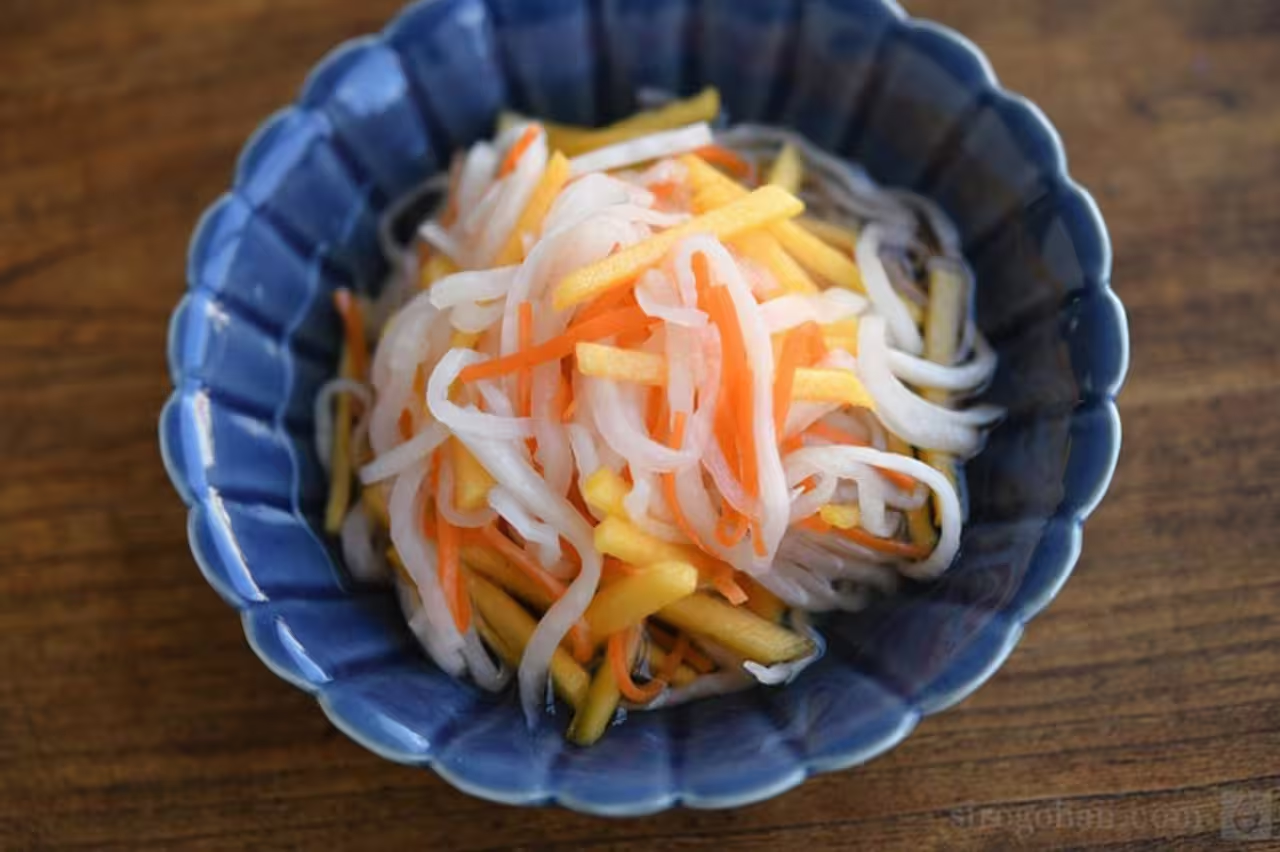
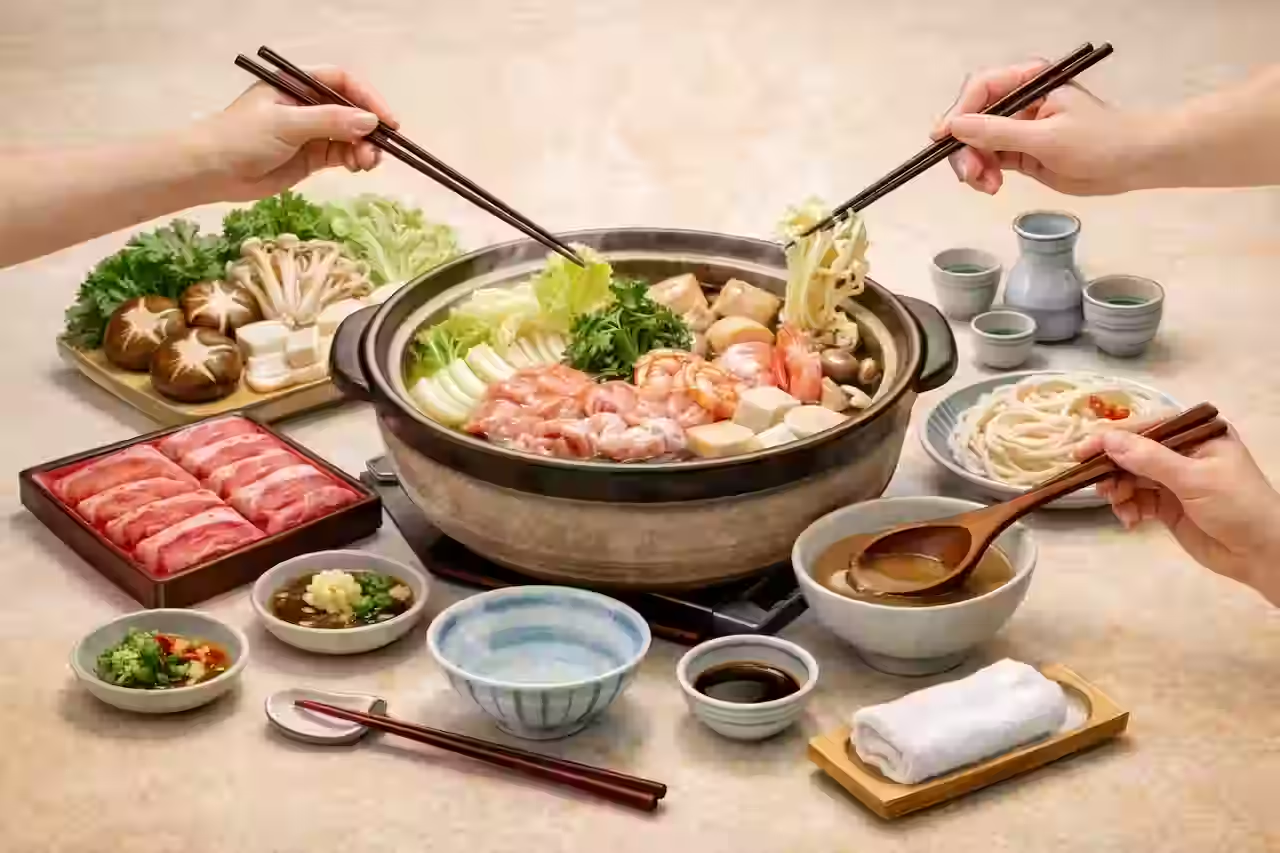
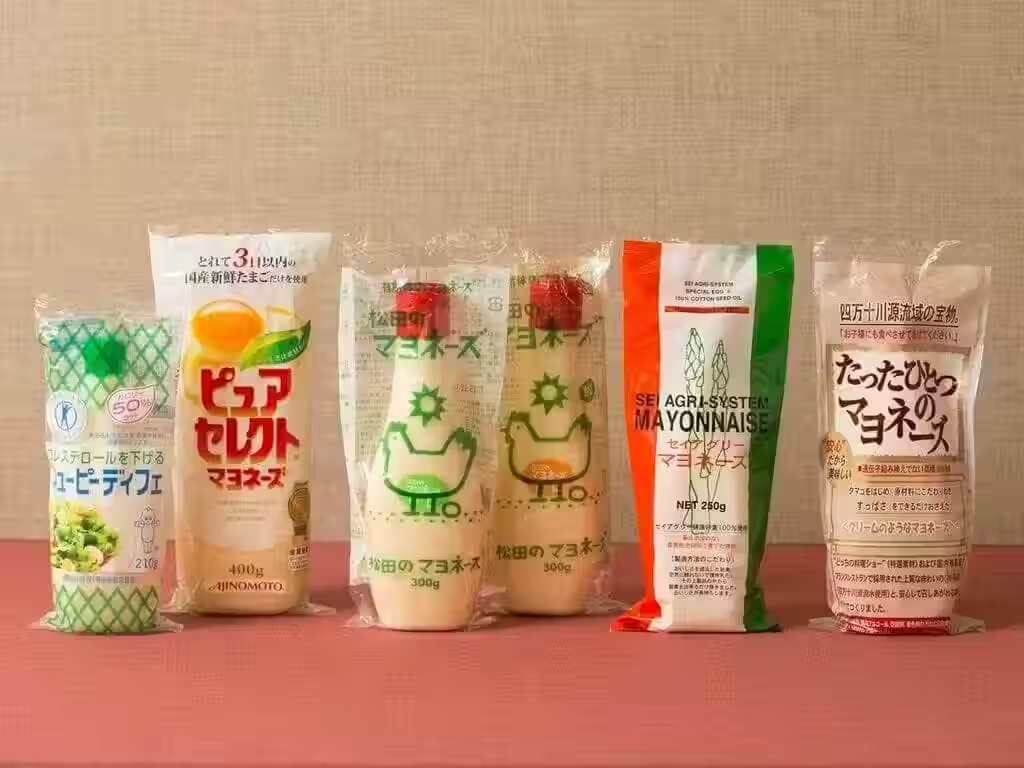
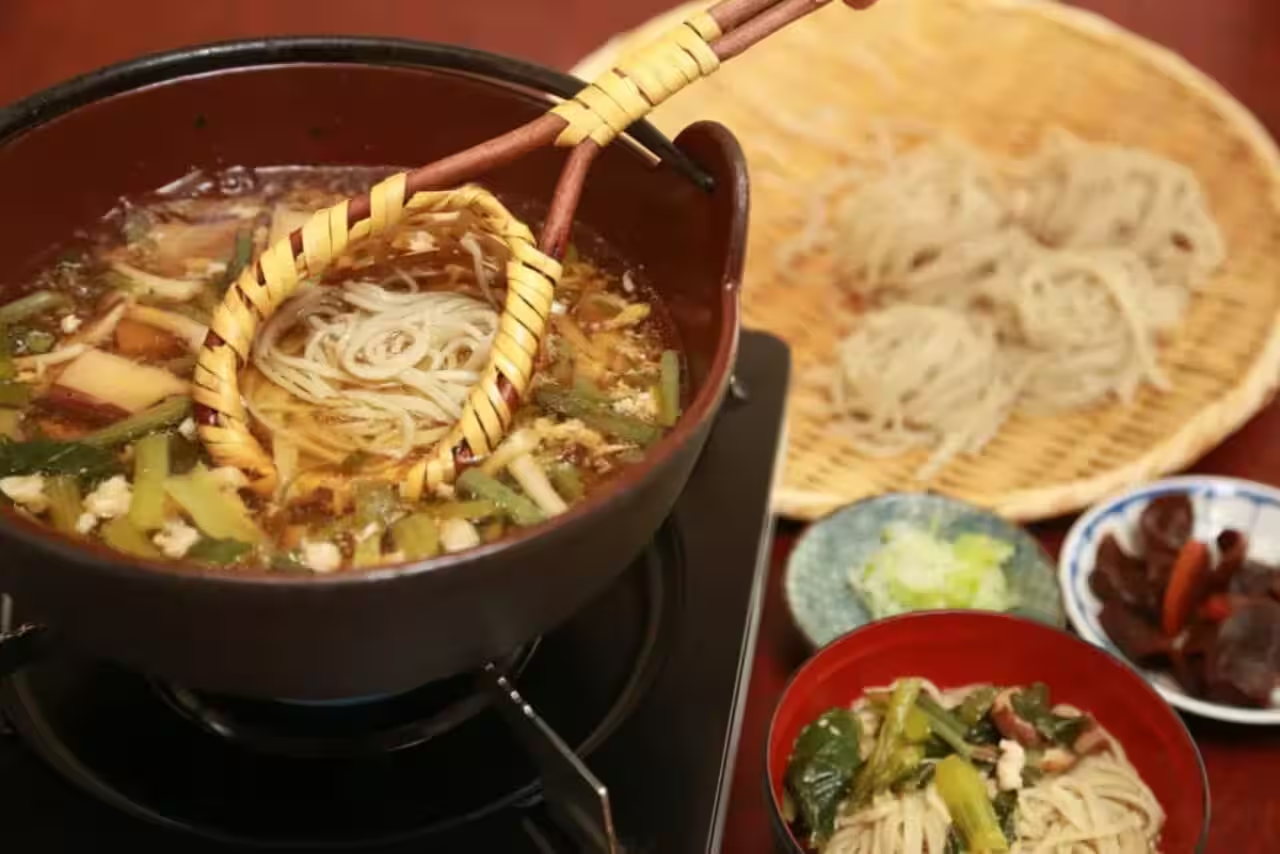


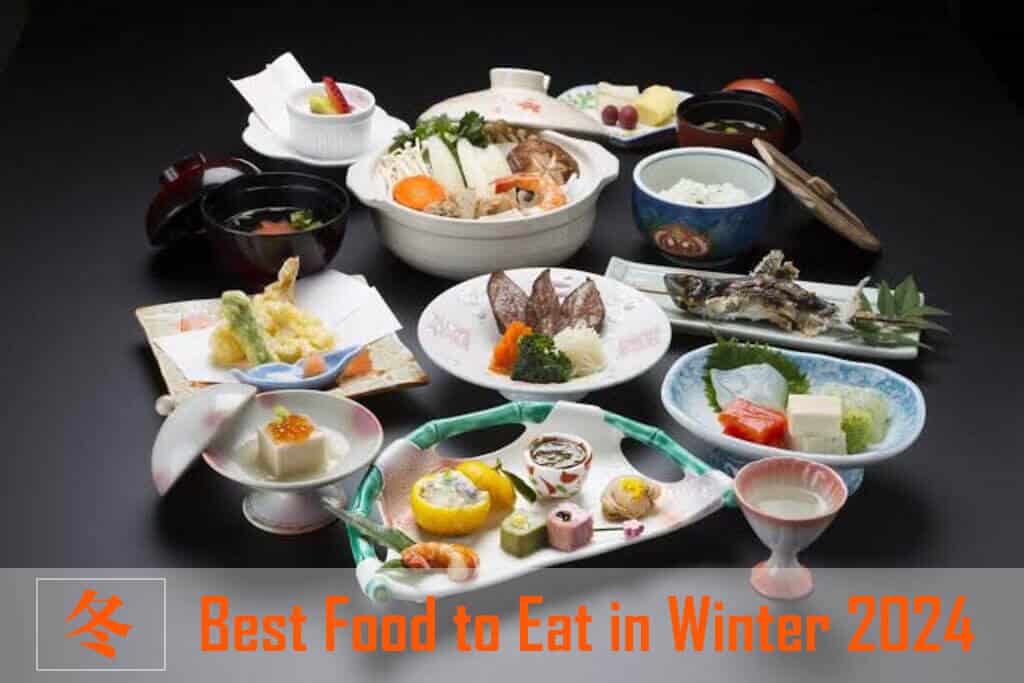
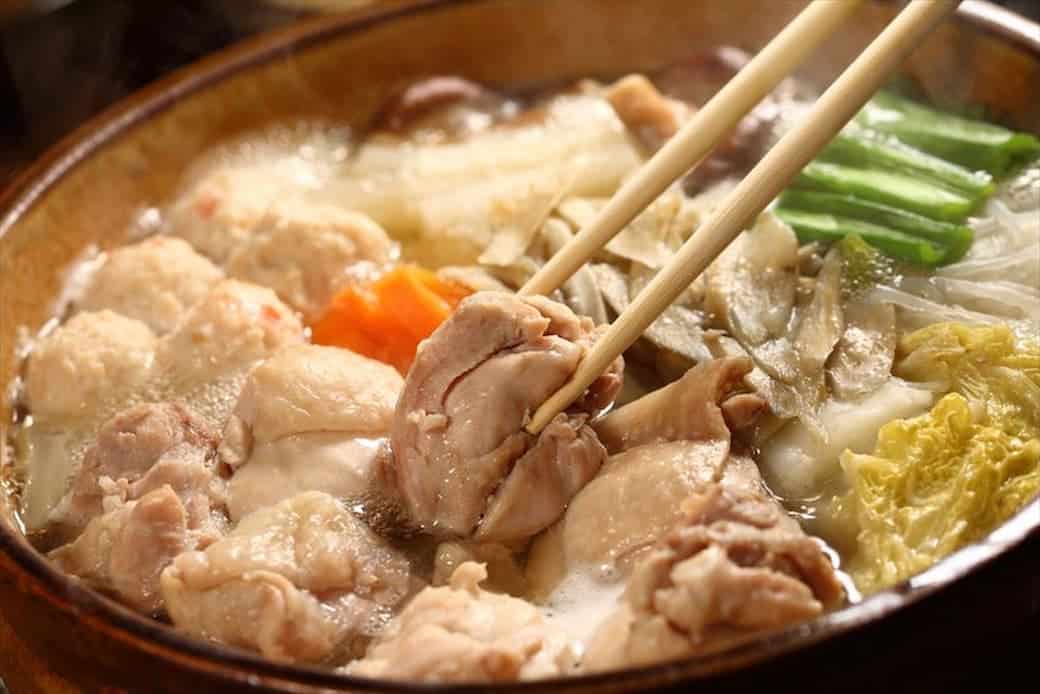
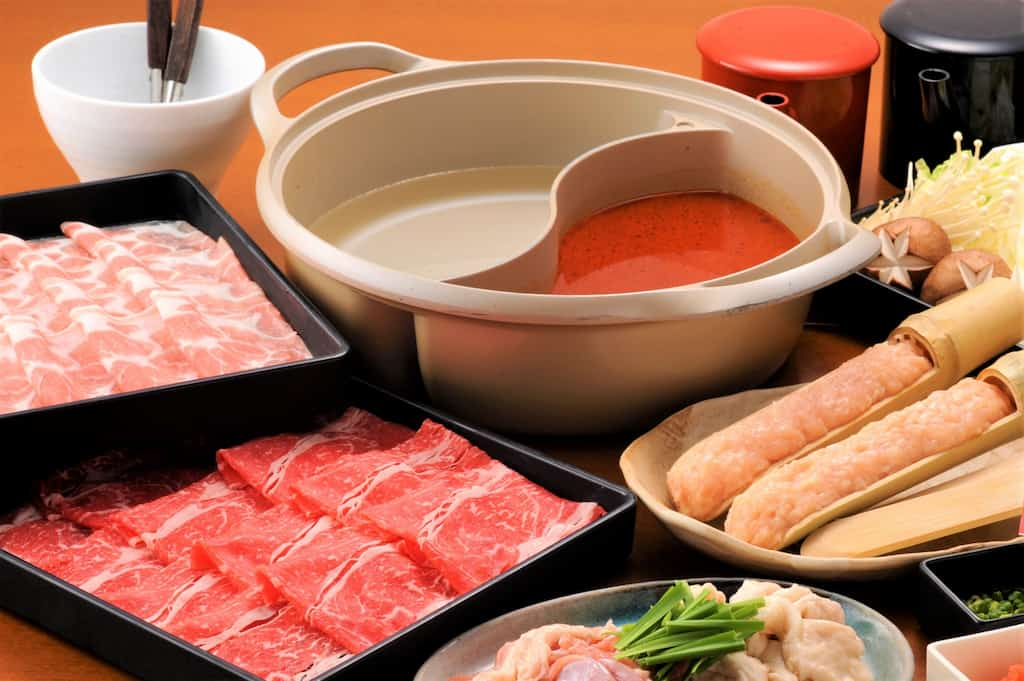
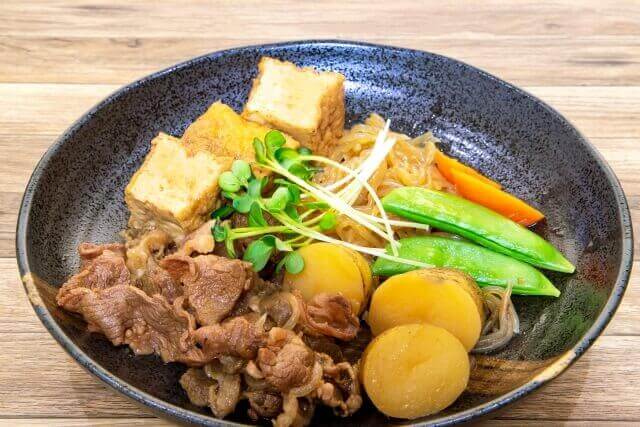
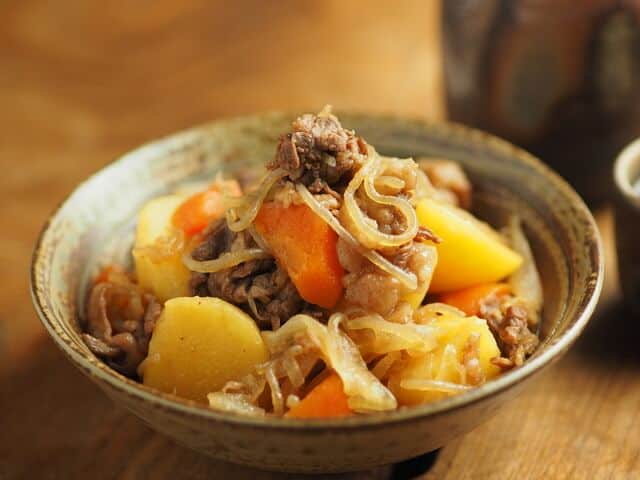
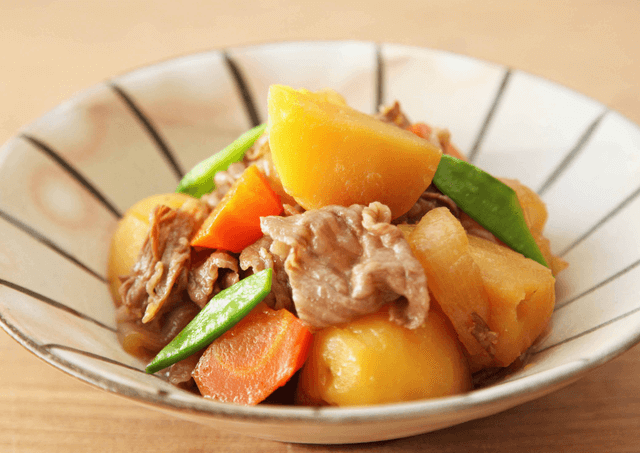
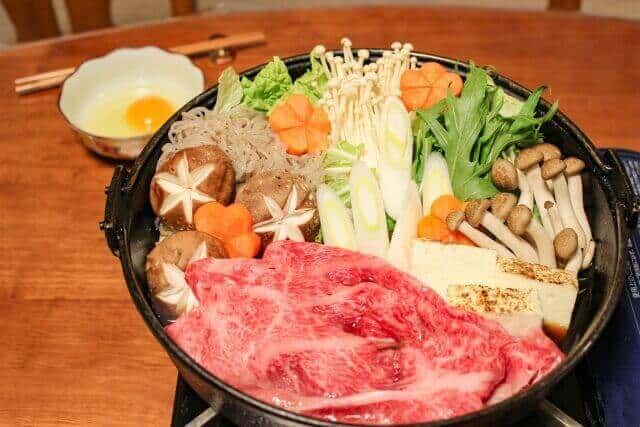
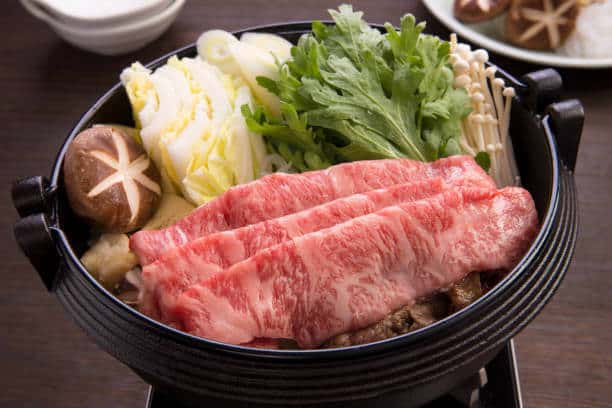
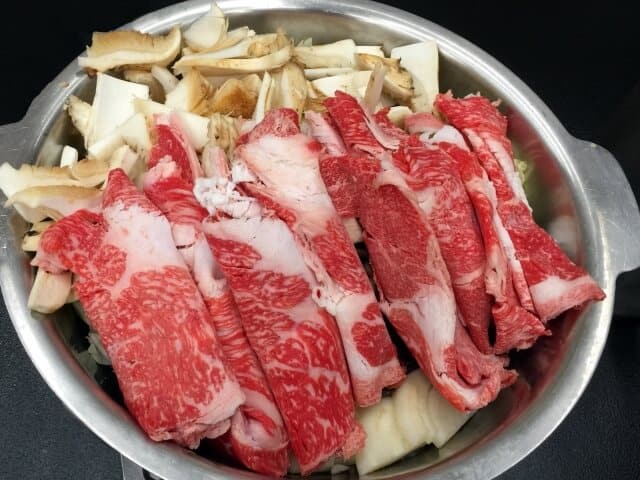
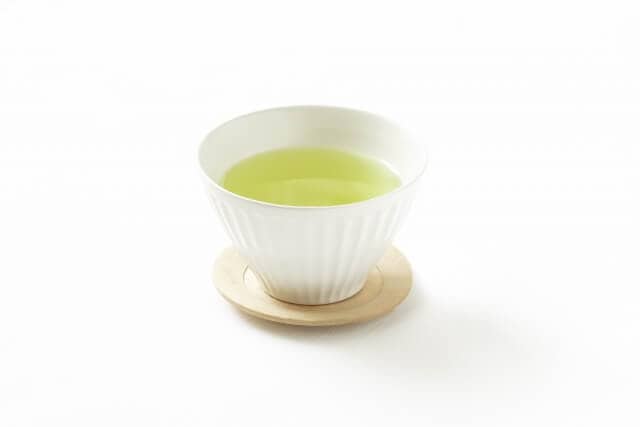
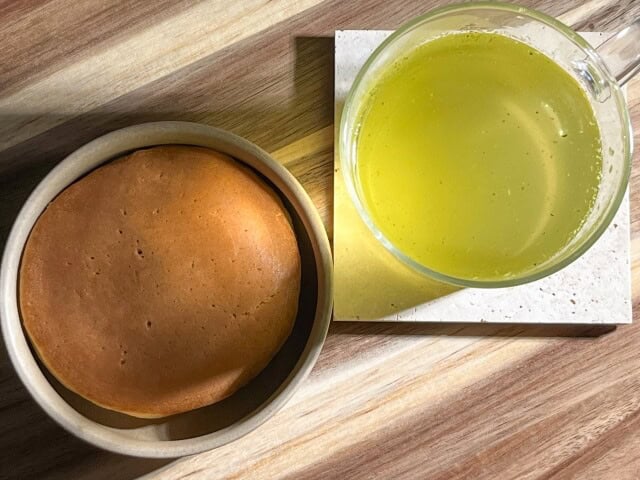
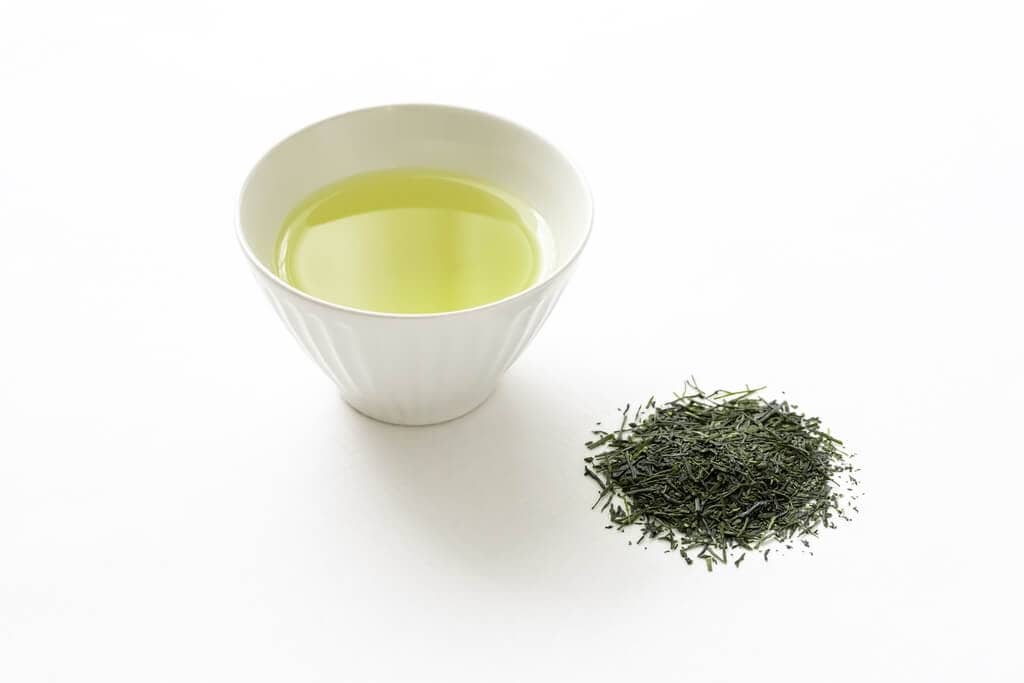

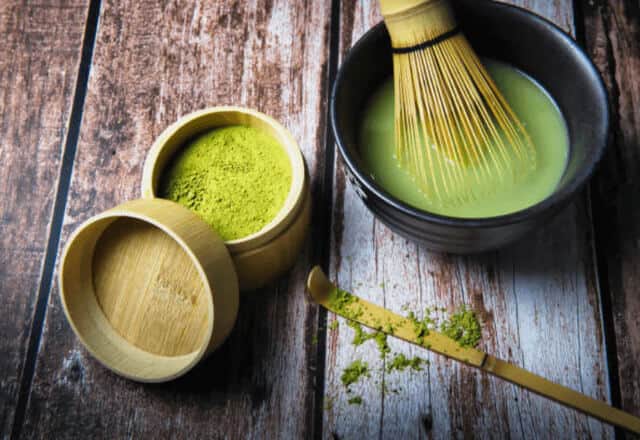
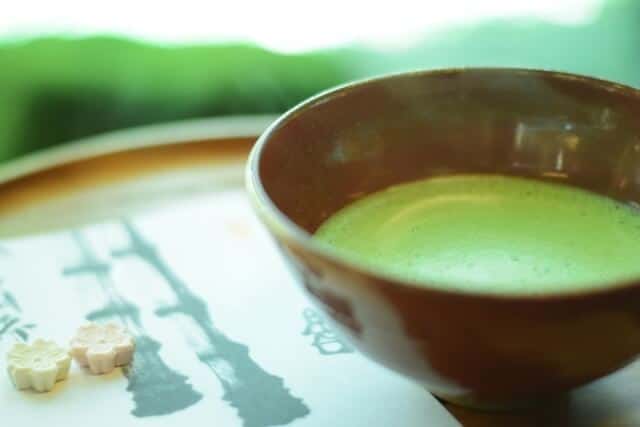
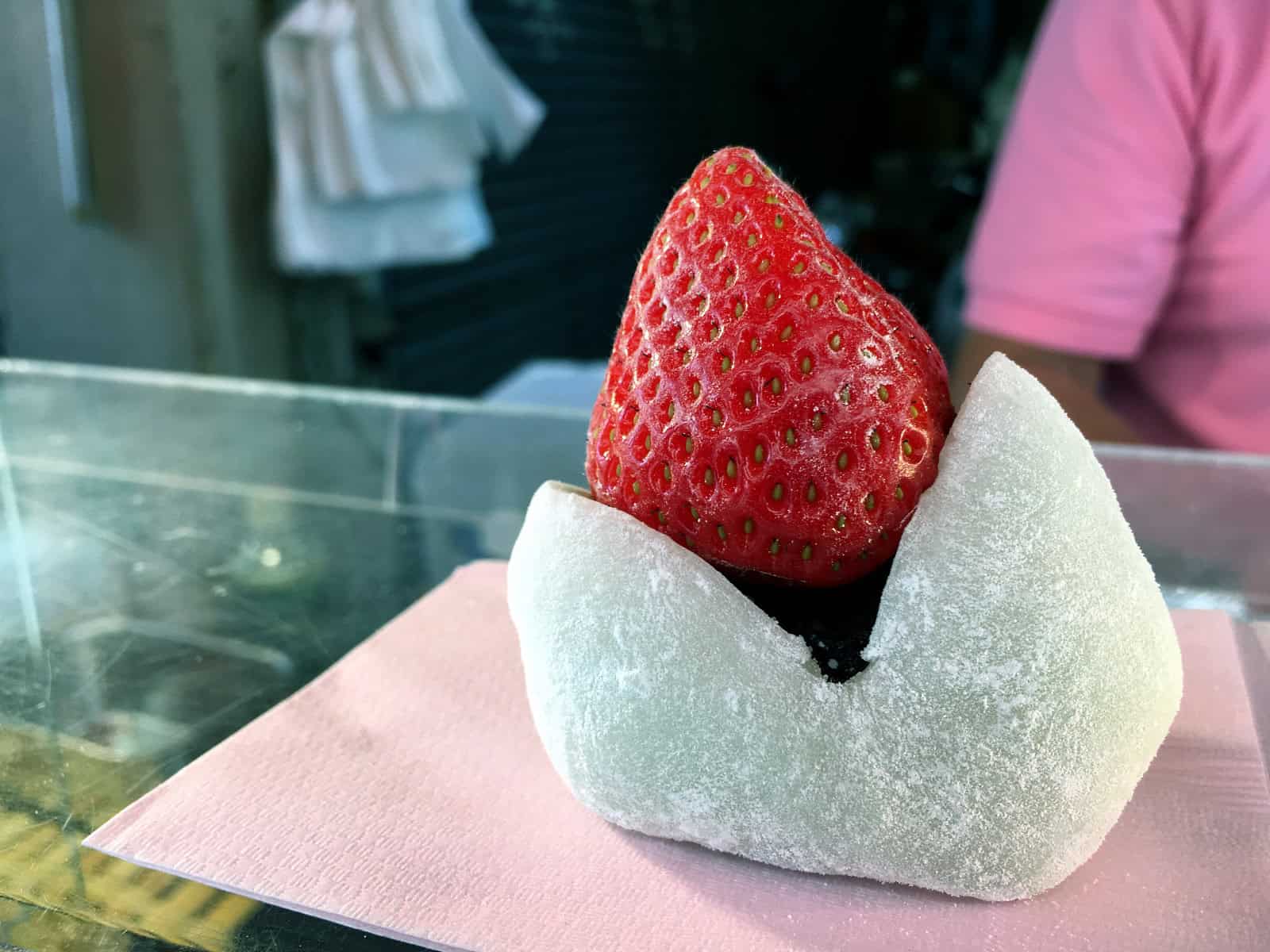
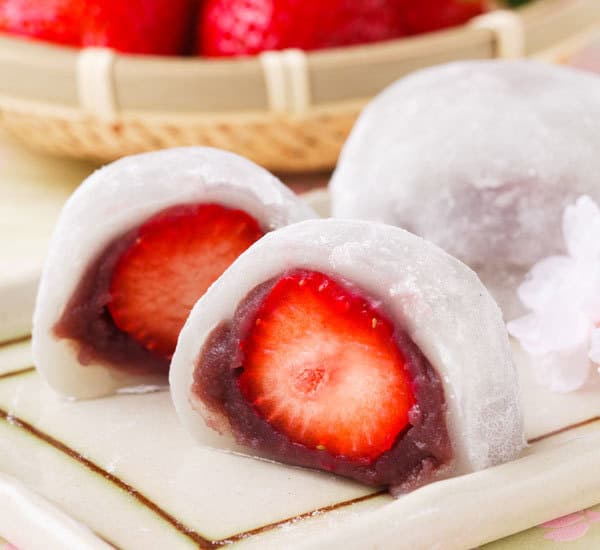

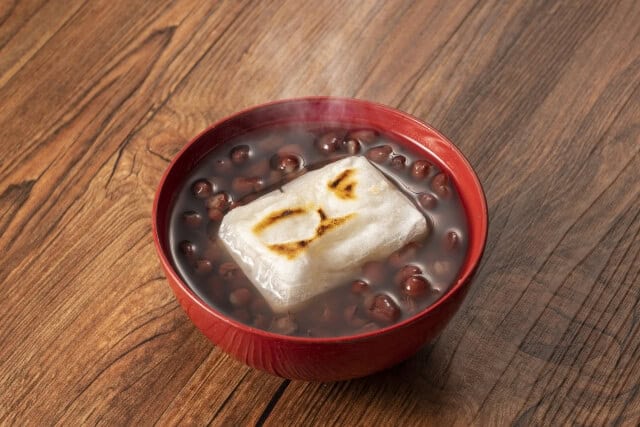
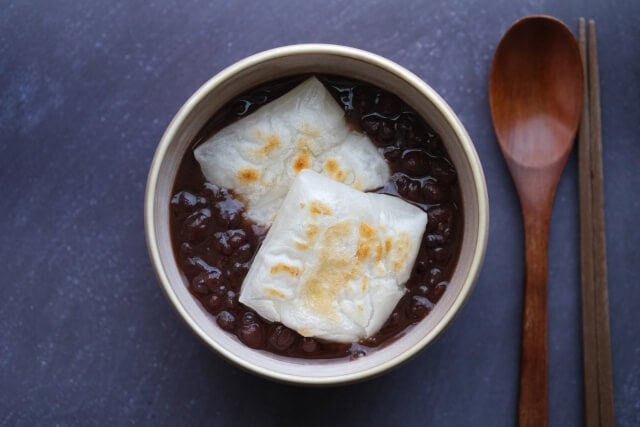
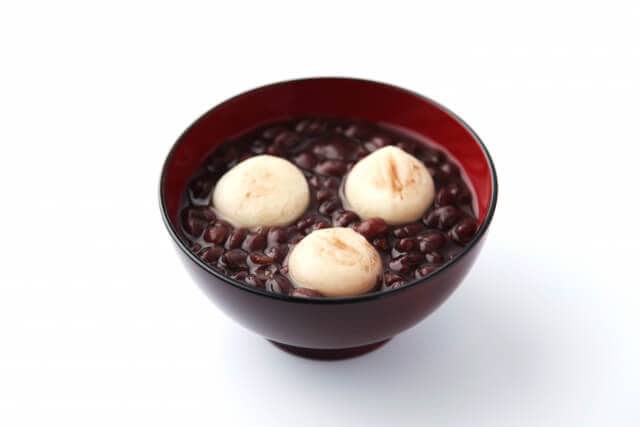

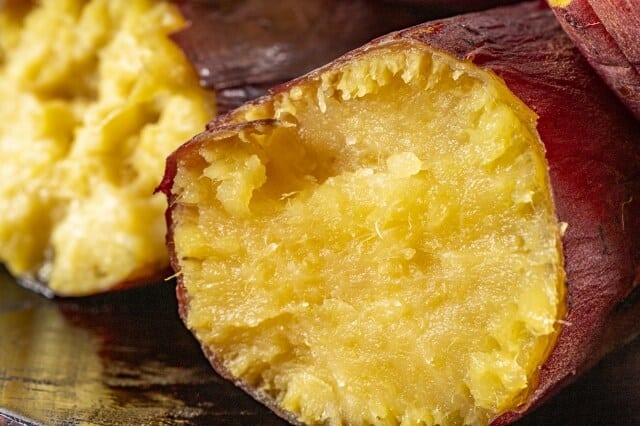
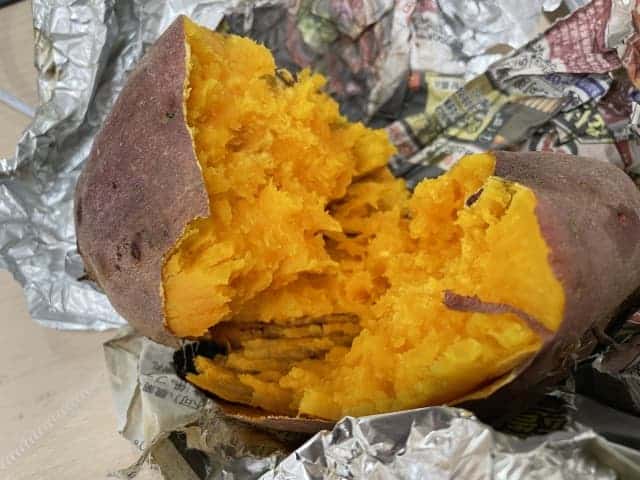
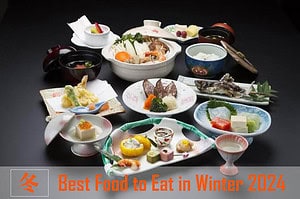
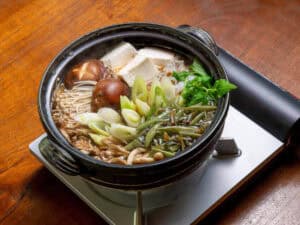
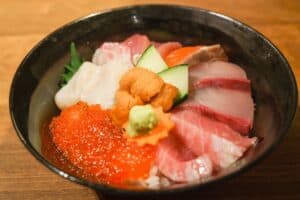
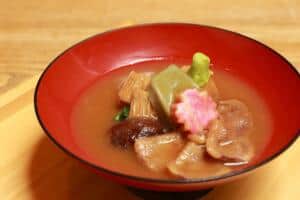
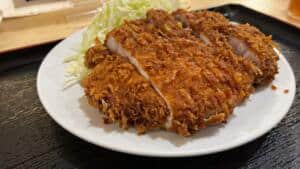
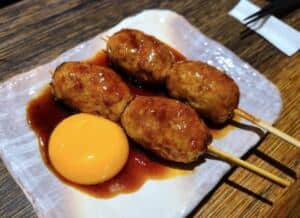


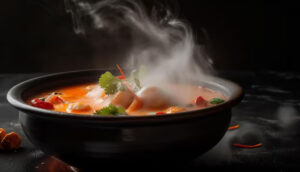
Comments
List of comments (1)
This blog offers a delightful guide to winter comfort foods! From hearty stews to roasted vegetables, the emphasis on seasonal produce like root vegetables and leafy greens not only warms the soul but also boosts immunity during the colder months. Incorporating these nutrient-rich foods into our diets can make winter both cozy and healthy. For students balancing academic challenges, our ensures you stay nourished academically while enjoying your favorite winter meals.